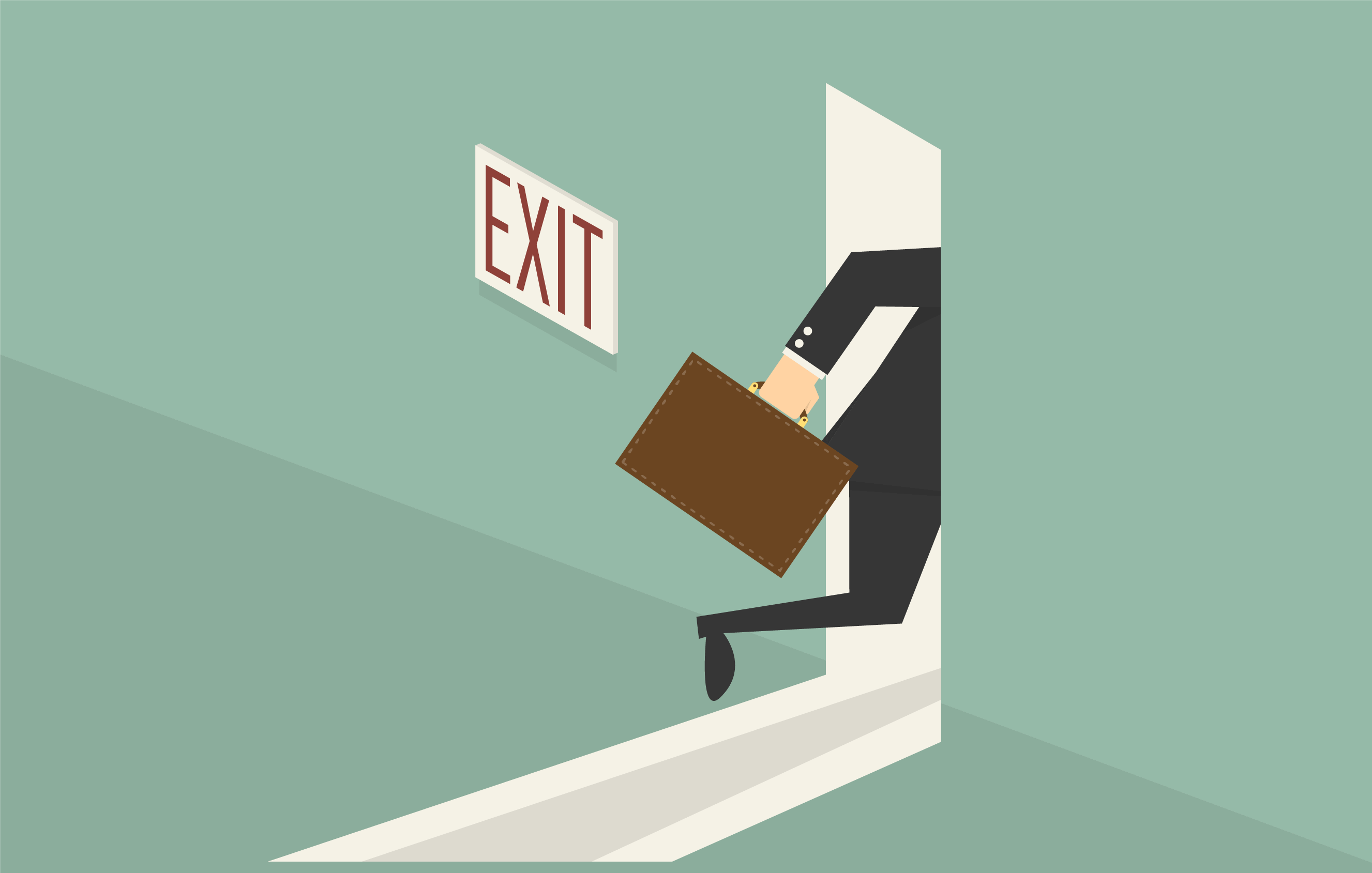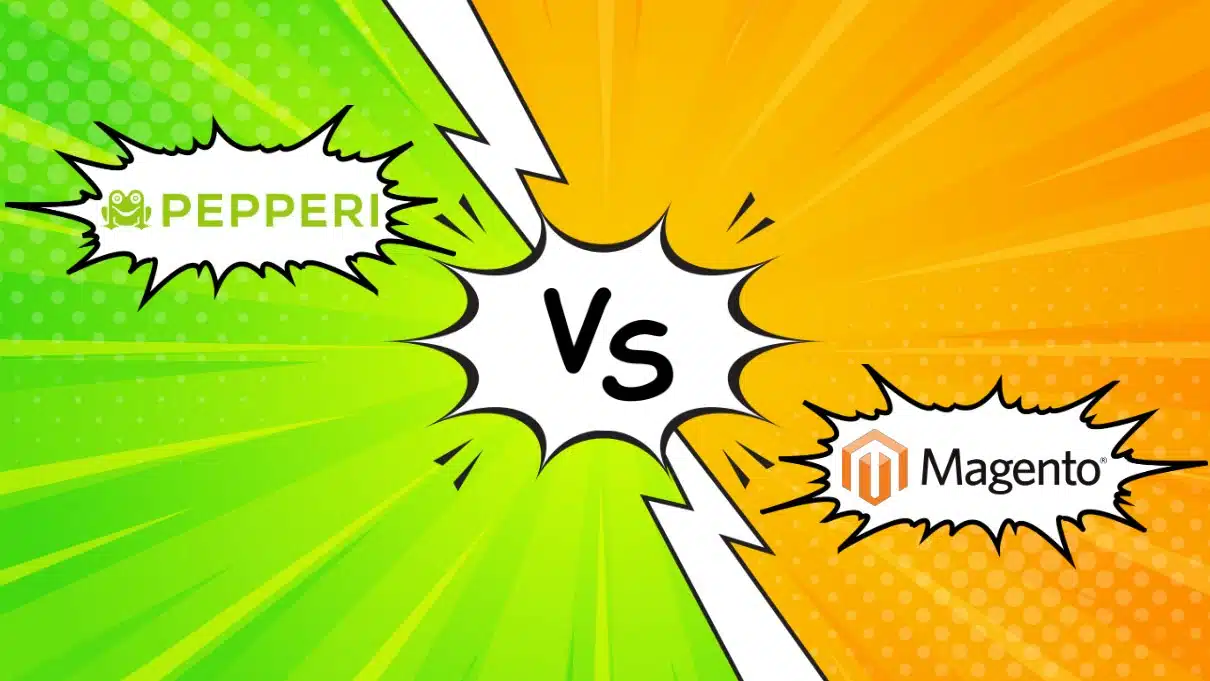How to Plan your Business Exit Strategy in F&B
August 10, 2021 By Yana Persky

With hi-tech mergers and acquisitions dominating headlines over the last two decades, it is hardly surprising that the food and beverage industry has also developed a large appetite of its own for M&A, and has closed billion-dollar deal after billion-dollar deal.
According to R.L. Hulett Investment Bank, the food and beverage M&A sector experienced a very strong year in 2019, with a total of 941 transactions. In the wake of Covid-19, deal volume in 2020 dropped by about 50% from the prior year.
However, deal volume continues to trend much higher in 2021 compared with the previous year, and is projected to hit 918 deals in 2021 – up 93% from the 476 in 2020 – and even return to its pre-pandemic levels.
Total capital invested in M&A transactions surged by 159% in Q2 to $21.5B, up from $8.3B in Q2 2020, owing to many major deals in the higher tranche ($1K million).
North America was the most active market, with 179 transactions completed, the most notable of which was Hormel’s Foods $3.35 billion acquisition of Planters peanut snacks business of Kraft Heinz on June 7, 2021. Europe was the second most active region, with 172 completed transactions.
In H1 2021, 189 of the 400 F&B deals were in the “Food General” subsector, making it the industry’s most active subsector in terms of M&A.
With 122 completed deals, “Beverage Products” was the second most active sector. “LOHAS (Lifestyle of Health and Sustainability) & Wellness” and “FoodTech” came in second and third, with 64 and 25 completed transactions, respectively.
Overall, the future of M&A in the food and beverage industry looks very positive, and the number of acquisitions is anticipated to increase even further.
Consolidation has become very appealing to huge food and beverage companies grappling with sluggish growth and competition from innovative upstarts. As Eric Gordon, a business professor at the University of Michigan points out, Nestle until recently had been a “huge, slow moving, really self-satisfied”. As a result, it was “missing virtually all of the growth categories” and it needed to catch up through acquisitions, Gordon said. “They were absent in categories that other people are growing and making money in.” With investments booming in the F&B industry, it’s quite natural that many food manufacturers are eyeing exit strategies as a means of growth, rather than focusing on current product development.
Where is your company in this journey? Even if you have no immediate intentions to expand in this direction, keeping an eye on a few emerging trends in this area will help you stay ahead of the curve as the market evolves and consolidates.
So how can you plan a business exit strategy in F&B?
Why are some F&B manufacturers more attractive than others? What are investors looking for? What becomes an attractive source of M&A opportunity in the F&B industry?
Getting through a merger or acquisition can be difficult, but there are some common M&A strategy principles to a successful business exit planning.
1) Scalability – you need to scale and show growth in revenue
2) Market segment category, especially if it’s a hot category
3) Technology and business efficiency
While the market segment defines the main focus of the company, the scalability and technology parameters are very much dependent on each other. Technology is inevitably reshaping the F&B industry. By accelerating a digital transformation journey, an F&B company can set itself apart from the competition, achieving a net positive impact and becoming more resilient and profitable – as it can make better business decisions based on high-quality data.
Digital acceleration addresses both efficiency and robustness. Best performing F&B companies know which operational processes cause inefficiency, which products and categories are profitable, and which are loss-making ones. F&B manufacturers and wholesalers have learnt a lot from the obstacles posed by the pandemic in 2020, and they’ve realized the need for quick transitions and implementations.
Covid-19 has led to greater digitization in the F&B industry and because there was so much activity and so many logistical issues, wholesalers had to adapt their operations and think extremely quickly. Every day, every week, there was a new dynamic. Traditional sales channels have been severely impacted and eCommerce has been one of the preferred channels keeping manufacturers, distributors and retailers in contact with each other.
To build-up a digital competence and knowledge in a very short period of time requires selecting the right technological partner. Looking to the future, if you plan an F&B business exit strategy, it is highly recommended not only to be active in best-performing or under-served categories, but also to rely on technology including an omnichannel B2B sales platform that will help you to scale and turn your growth into profits.

























